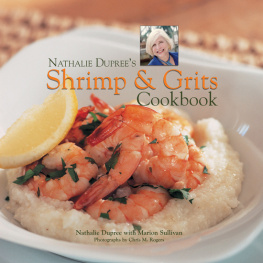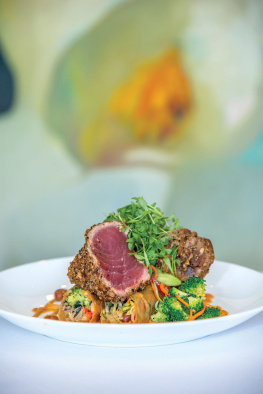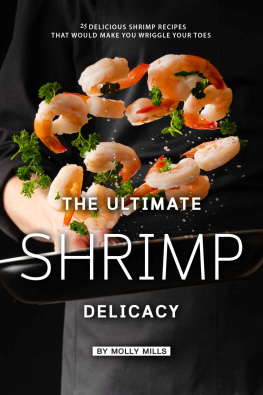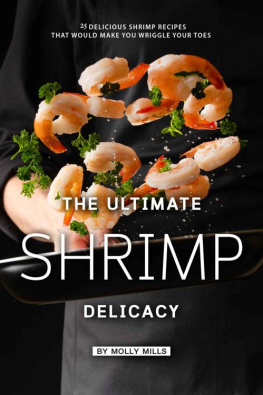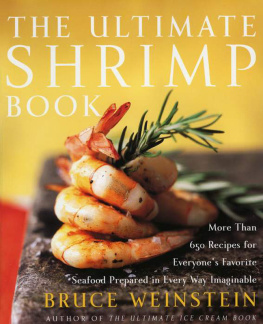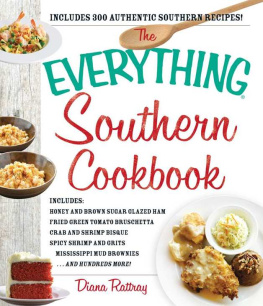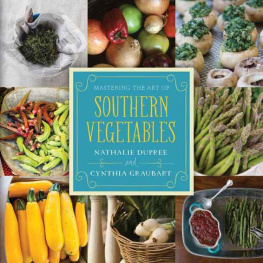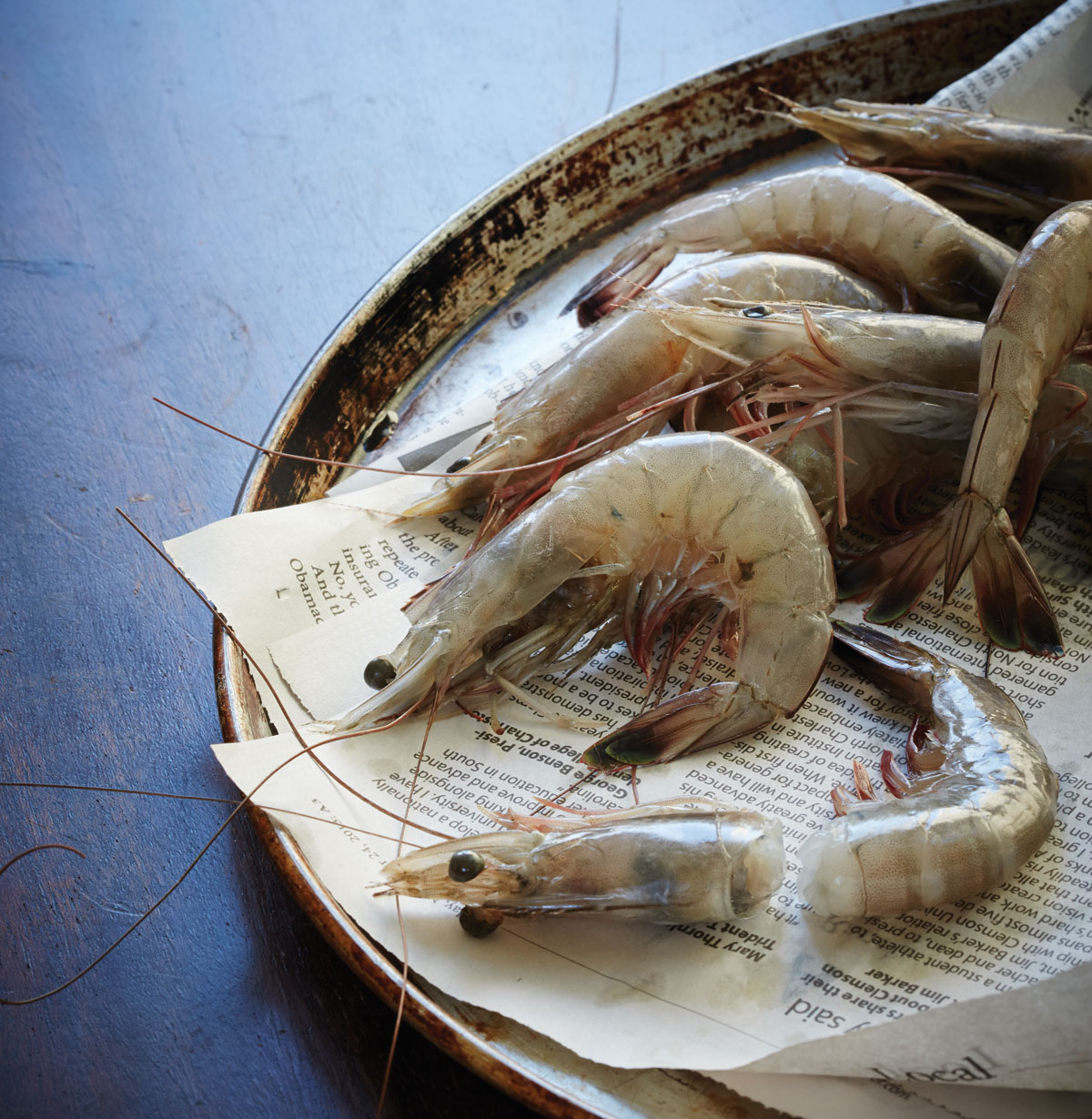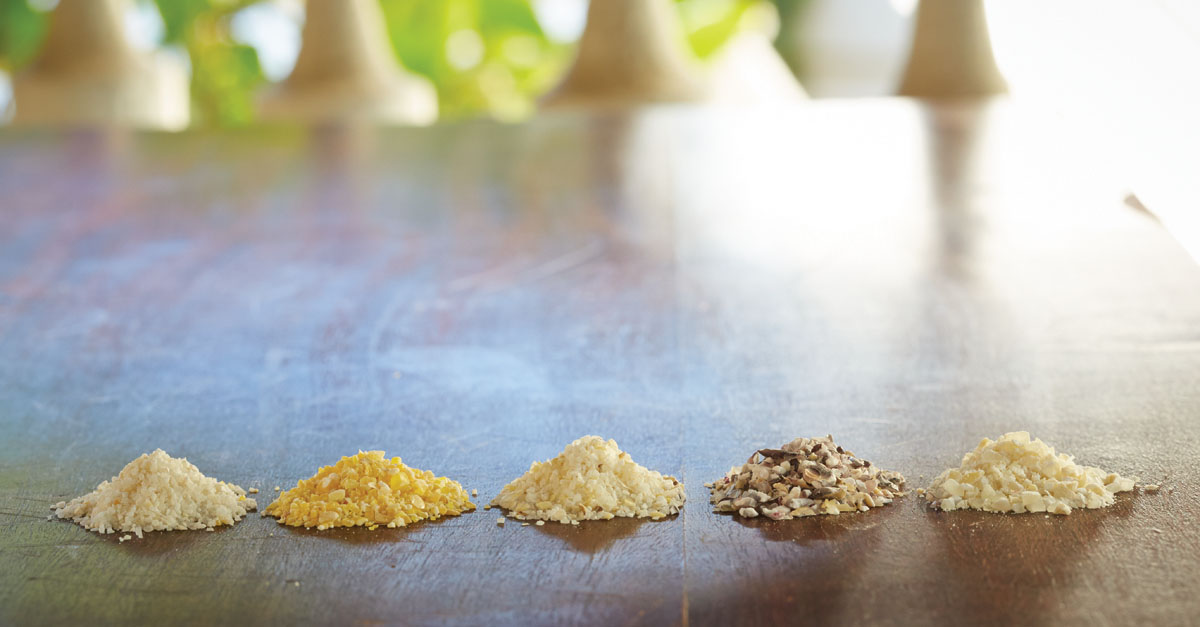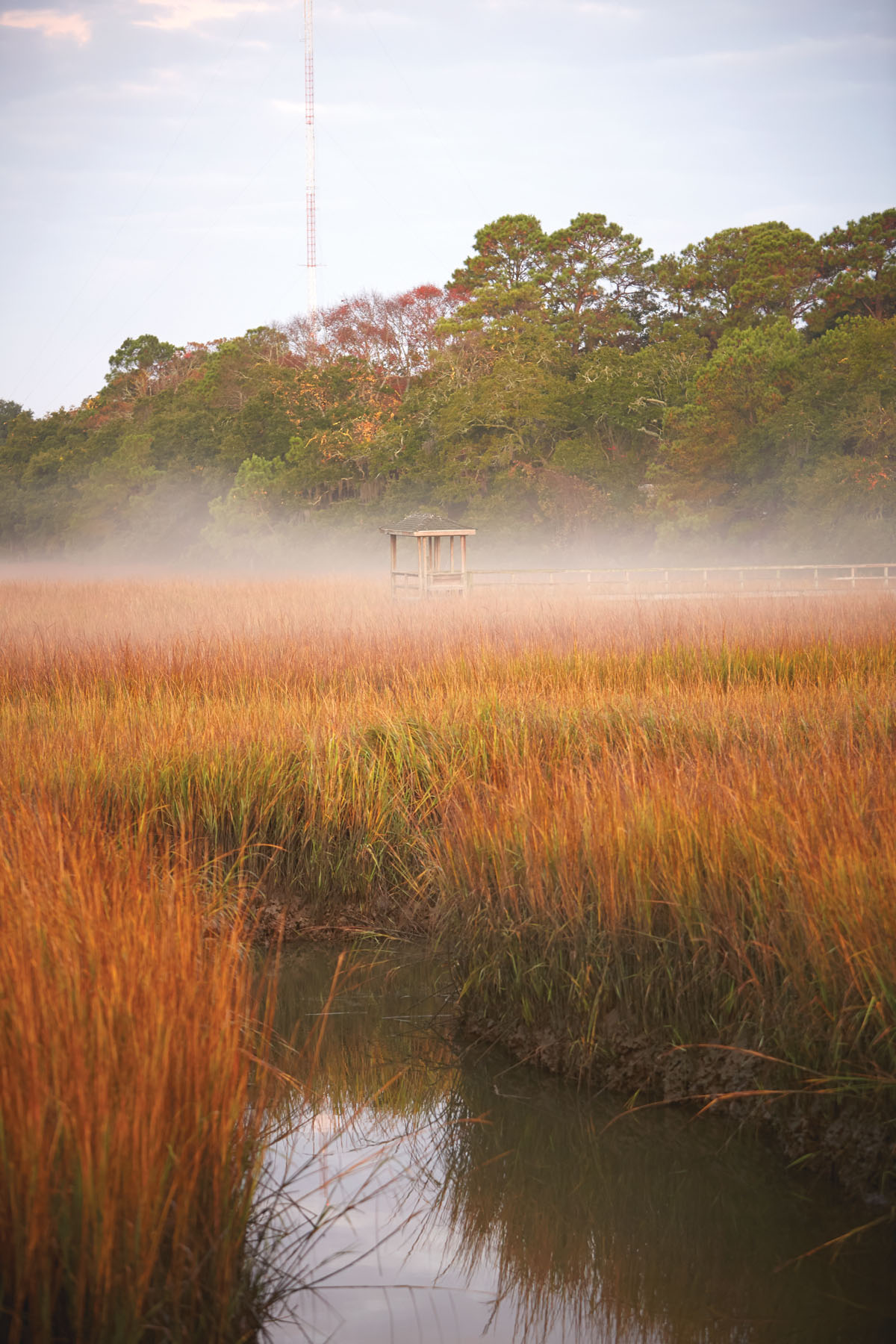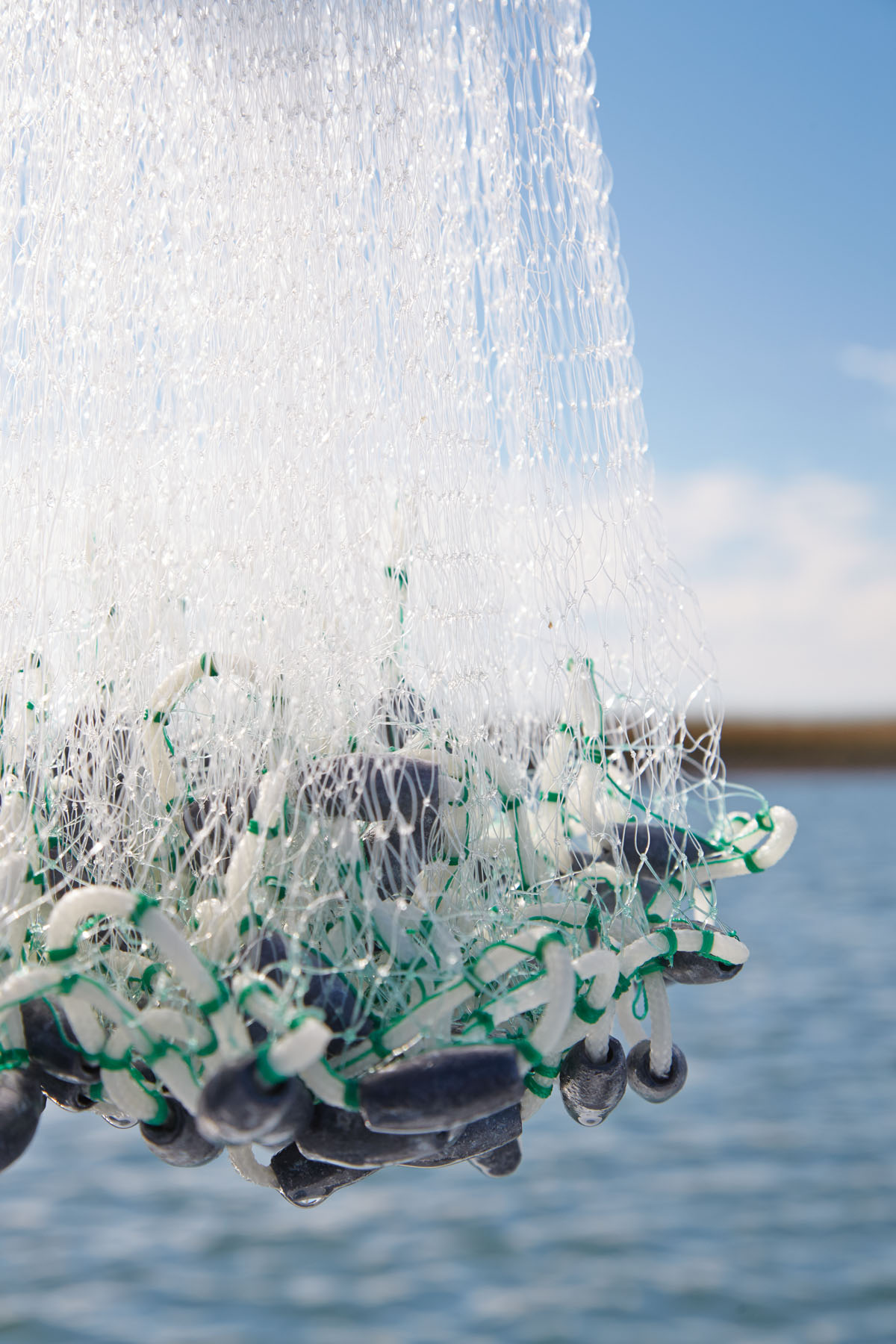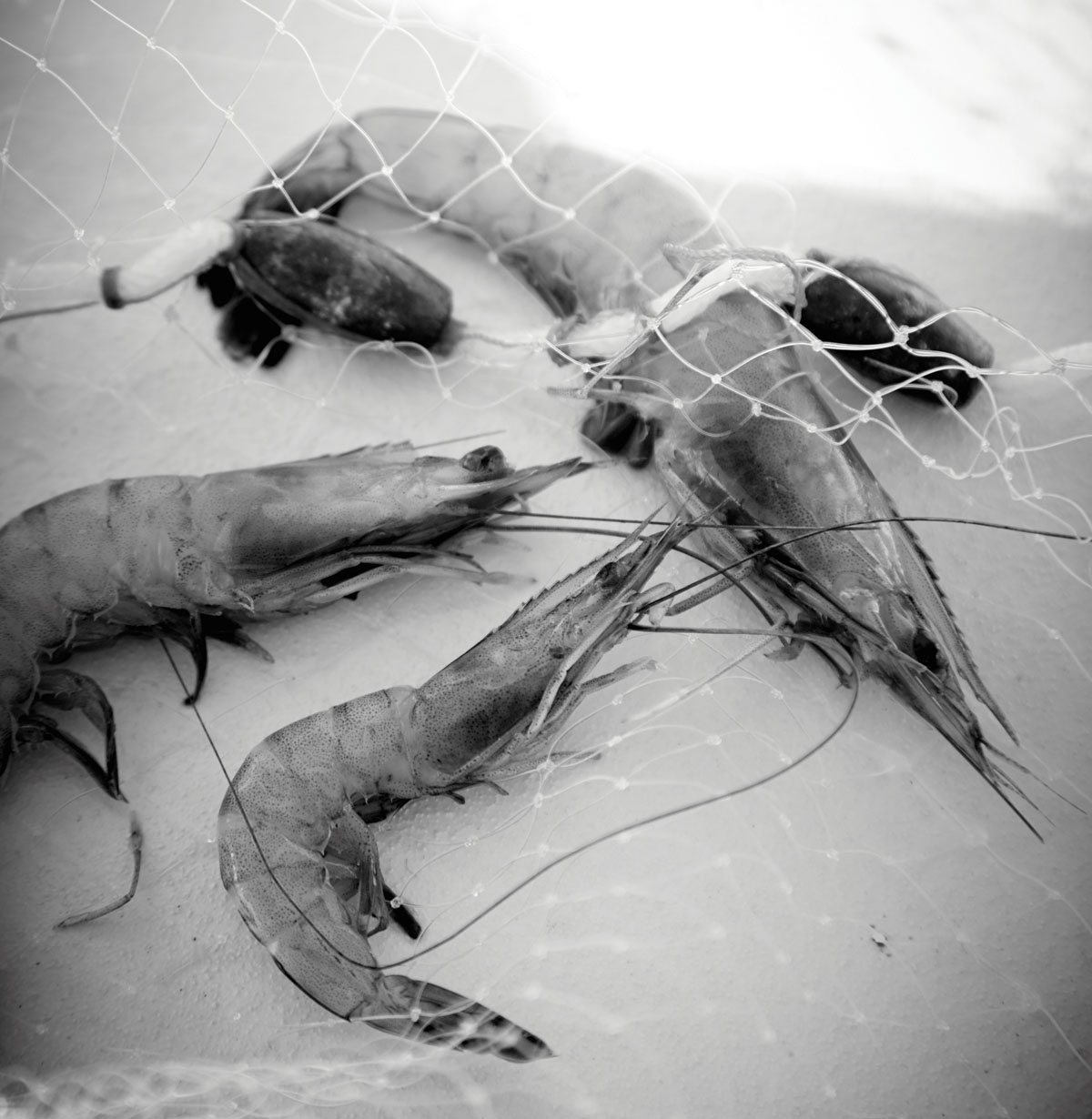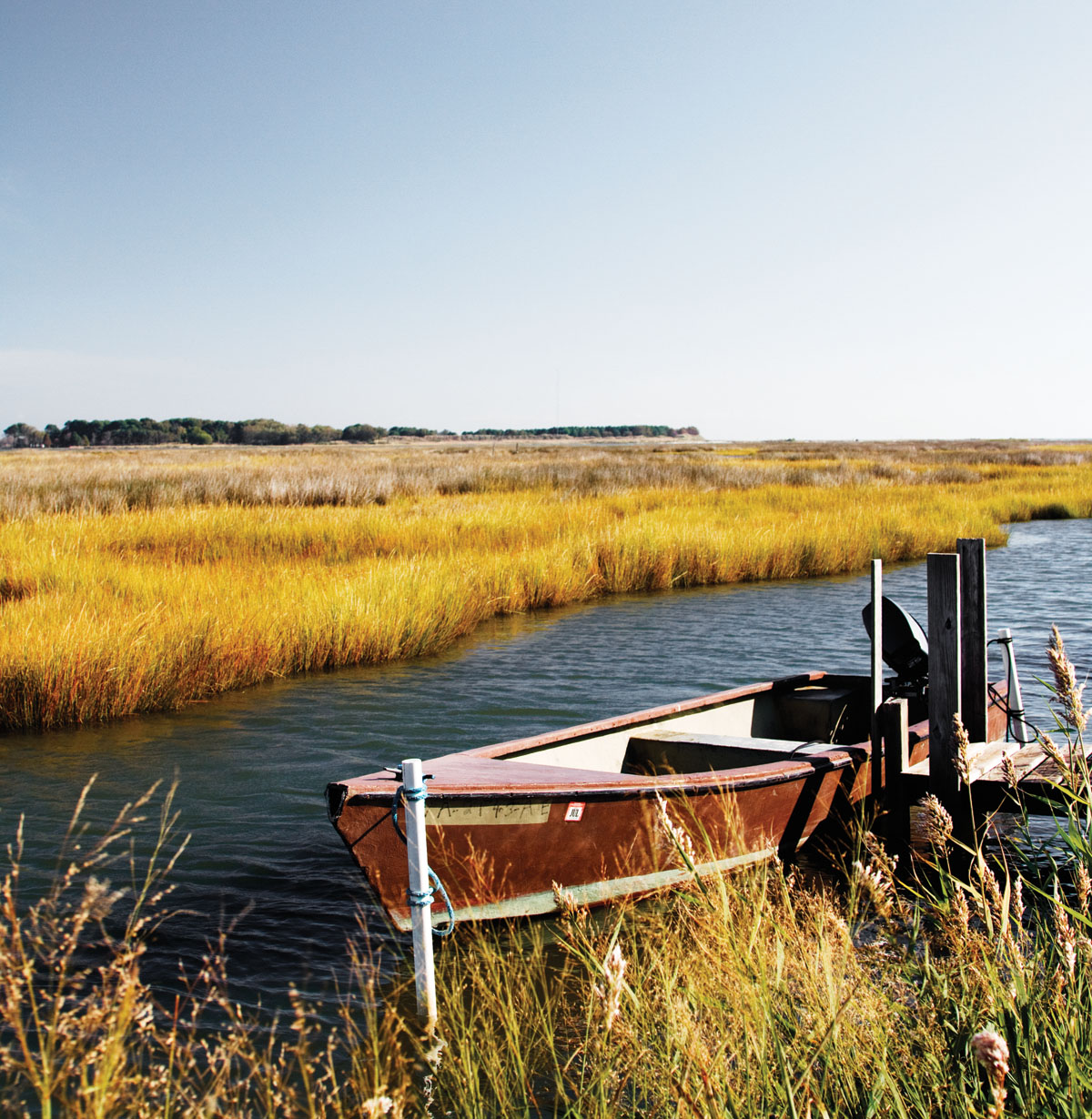Introduction
From its beginnings as a humble recipe in Two Hundred Years of Charleston Cooking in 1930, shrimp and grits has taken the restaurant world by storm and is found served and eaten all over the world.
First called Shrimp and Hominy, it was a simple home dish. People growing up in Charleston remember harvesting the tiniest and most flavorful of shrimp with tender edible shellscreek shrimpin the creeks and rivers and bringing them home to top their grits, unshelled. They slathered everything with butter and pepper, relishing them all together for breakfast.
Even today a carriage driver in Charleston might tell visitors how shrimp boat crews pull part of their first catch, and soon enjoy a tasty and nourishing early breakfast of shrimp and grits. By mid-morning the shrimpers are back at their docks, their catch unloaded.
Country-style restaurants in South Carolina in the 60s and 70s bragged they cooked their shrimp and grits in beach water, referring to the oft-brackish water found in beach homes. As the years went on, the dish made its way around the region. Perhaps in Louisiana they added a tad of hot sauce, or cooked up some country ham and made some brown sauce, or added some greens from last nights supper, and poured all that over the shrimp and grits.
Shrimp and Grits arrived on the national scene in 1985 when noted New York Times food writer Craig Claiborne featured the recipe served at the North Carolina restaurant Crooks Corner, with Chef Bill ONeal. By 2013 it had become the iconic dish of not only Charleston but much of the South.
Now, the crme de la crme of New Southern chefs combine grits, shrimp and a variety of ingredients from crisp bacon to finely chopped truffles, with numerous restaurants in Charleston, South Carolina, serving their own version of shrimp and grits. Youll find many of their recipes, adapted to the home cook, in this book.
Throughout much of the history of Southern cookery, grits have been eaten as a staple with a variety of seafood. Among the Jewish immigrants who settled in small Southern towns a century or so ago, some housewives served grits with fried salt herring, soaked overnight in water to leach out the brine, then fried in butter. My husband, Jack Bass, remembers this childhood dish as delicious.
Grits are embedded in the regions biracial culture and celebrated in poetry, song, and story. There is even an annual grits festival in the town of St. George, South Carolina. An award-winning film, Its Grits , produced by South Carolina filmmaker Stan Woodward, captures the historic place of grits within the Souths popular culture.
Grits, says Southern food writer John Egerton in Side Orders , are an all-purpose symbol for practically anything of importance to Southerners. They stand for hard times and happy times, for poverty and populism, for custom and tradition, for health and humor, for high-spirited hospitality. They also stand for baking, broiling, and frying. After a bowl of grits, we half expect to find the day brighter, the load lighter, the road straighter and wider.
While attending the St. George Grits Festival, we found all sorts of grinders for the fresh-milled corn, and purchased a number of different grits to use while testing these recipes. (I did not, however, join in the grits-weighing contest, where contestants roll in a bathtub of cooked grits and then are weighed to see how much grits stuck to them.)
Various kinds of stone-ground and quick grits were used in testing recipes and developing this book. Most quick grits are lye-based. Others are freshly milled but are ground more finely and cook more quickly than stone-ground grits. Almost any grits can be ground finer in a food processor. No instant grits were used to test these recipes.
Nathalie Dupree
Charleston, South Carolina
Shrimp & Grits Basics
How Shrimp Are Sold
While shrimp may be sold simply as small, medium, large, and jumbo at the seafood market or grocery store, the origin of these designations is a commercial grading system. The parameters are somewhat loose, but on average, small has 50 to 60 shrimp to a pound, medium 36 to 50, large 21 to 35, and jumbo 16 to 20. The very biggest can be as large as 5 shrimp to the pound. When substituting a different size of shrimp in a recipe, check what size the recipe calls for, and adjust the cooking time accordingly.
Most retail shrimp are sold headless. Occasionally, heads-on fresh shrimp can be found at less than half the headless price. However, the discarded weight of the heads will almost equal the higher price for heads-off and the purchaser or cook will have the task of beheading the shrimp. The task of snapping off the head is worth it to many of us, because fresh heads-on shrimp are one of the real treats of the sea. To tell just how fresh a head-on shrimp is, look for its whiskers, or antennae. They are prone to falling off as the shrimp ages more than a few hours off ice, or twelve hours or so after being caught. The heads are wonderful for stock and some people like eating the cooked head meat, sucking it out as others do from crawfish heads.



